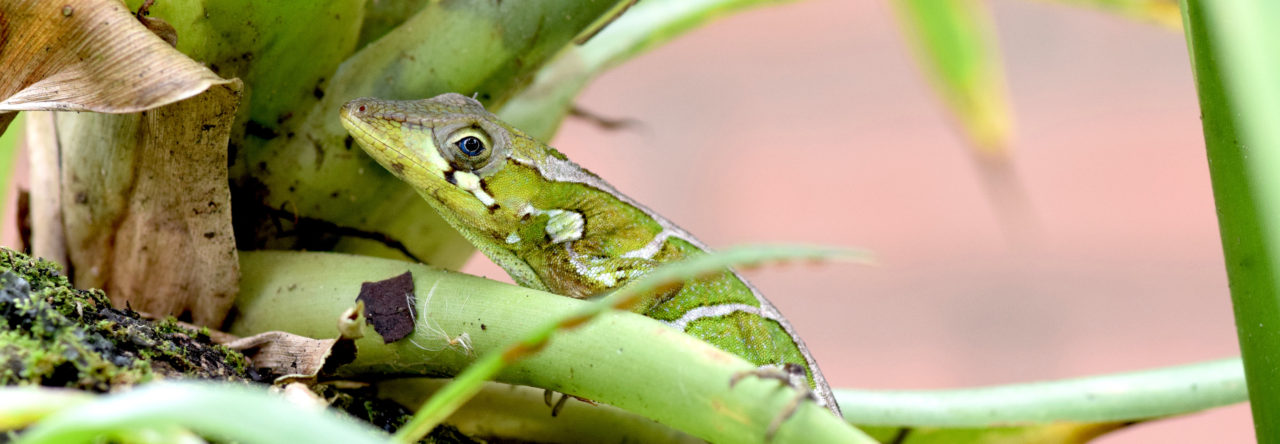
Previously we reported on the efforts to raise money to produce a book on endangered lacertid lizards. The fund-raising is going well, thanks to many AA readers and others. Here’s the latest:
First of all, THANK YOU to all of our backers! The big news is that we reached our Kickstarter goal yesterday, and that means one thing: We’re going to Spain!
We couldn’t have done it without every one of you. By the end of yesterday, our 199 backers had pledged a total of $15,268 — an average pledge of over $76. We’ve been overwhelmed by the generosity of our friends, family, and lots of folks we’ve never even met before!
Now that we’ve reached our “do or die” goal, we get to put all the money we’ve raised into our book, The Symbol: Wall Lizards of the Pityusic Archipelago. But that doesn’t mean we can’t make this project even better! We’ve still got 10 days left before our Kickstarter campaign is over. The initial $15,000 we’ve raised will get us to Ibiza and Formentera for 1 month of photography, allow us to lay out the book, and help us print a small initial press run for sale on the islands.
So what’s next?
We’re photographers, and that means we love to see our pictures printed — that’s why we first envisioned this project as a book! But we also realize that the world of reading is changing, and not everyone wants to carry a book around with them. So we want to develop The Symbol into an iPad app available in Apple’s App Store. Along with the basic book, we will add slideshows and short videos into this “app-book,” creating a true multimedia experience.
Building the app will cost us about another $5000. With 10 days to go, we think we can make this happen! Here’s what we can do to make it worth your while:
1) When we reach $17,500: For new and existing backers at the $25 level or above (and existing backers who increase their pledge to $25 or more), we’ll give you a beautiful PDF edition of The Symbol to read on any computer or mobile device. We’ll also make the PDF edition of the book freely availableto Ibiza and Formentera’s primary schools.
2) When we reach $20,000: We will develop the iPad edition of The Symbol: Wall Lizards of the Pityusic Archipelago — an interactive e-book enhanced with additional images and video clips. We will also donate a hard copy of The Symbol to every primary school on Ibiza and Formentera.
So what can you do?
If you’re a backer who has pledged less than $25, increase your pledge to $25 or more to get the PDF edition of The Symbol when we reach $17,500! And help us get the word out! I know every one of our backers has a few friends who would love to support this project. Use email and social media to share the link to our campaign. Tell your friends that you made a pledge, and that they should too!
Thanks again for your incredible generosity! Once our expedition begins, we’ll be posting images and videos from the field regularly. Expect these e-updates to begin when we leave for Spain in mid-June. We’ll see you then!
All the best,
Neil Losin, Nate Dappen, and Valentin Perez-Mellado
 This fella was caught a week and a half ago near North Side fire station, Grand Cayman. It’s the first green anole found outside the capital, Georgetown. The question: what is it? Anolis carolinensis? Anolis porcatus? Something else?
This fella was caught a week and a half ago near North Side fire station, Grand Cayman. It’s the first green anole found outside the capital, Georgetown. The question: what is it? Anolis carolinensis? Anolis porcatus? Something else?









